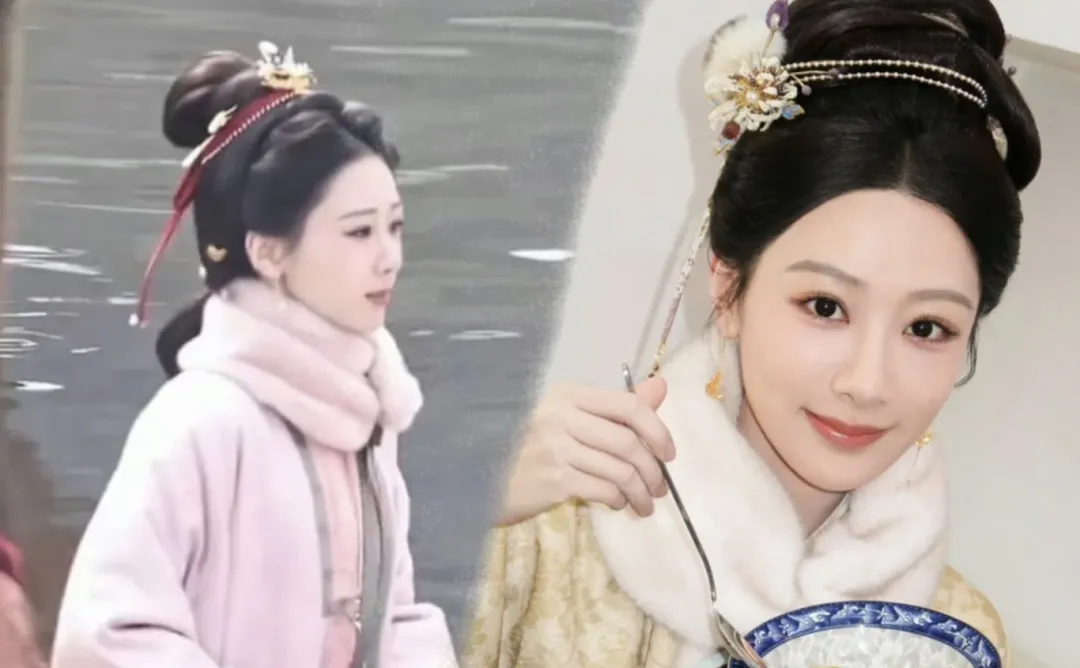In the spoilers for the TV series Family Business, a scarf appeared. Isn't this a drama set in the Ming Dynasty? Fans questioned: Isn't this scarf too modern?

First, let's clarify: we actually had similar scarf-like accessories in ancient times, known as Xiangpa (项帕), Lingjin (领巾), Yongxiang (拥项), or Fengling (风领). The term Weibo (围脖) also appeared during the Ming Dynasty. These accessories served two purposes: protection against cold and decoration.
During the Southern Song Dynasty's Yuanxi Festival, women often wore Xiangpa, a decorative neck wrap. Zhou Mi, a scholar from the Song Dynasty, documented in Old Stories of Wulin: Yuanxi: During Yuanxi, women adorned themselves with pearls, jade ornaments, and Xiangpa, often wearing white garments suitable for moonlight. This suggests Xiangpa was a silk or brocade scarf, combining warmth and style.
This aligns with historical records of Lingjin from the Song Dynasty. For example, Chen Yunping wrote in Drunken Peach Blossom: With delicate accessories and a tilted Lingjin, her hair was styled in twin buns. While Xiangpa and Lingjin shared similar materials and functions, Lingjin was more versatile, worn by both men and women.
Artifacts like Tang Yin's Palace Ladies of the Shu Kingdom depict Lingjin as a triangular or square shawl, fastened with ties or belts. A similar design appeared in the drama Five Blessings. There was also a military version for identification, though we won't delve into that here.
Analyzing these terms: Lingjin likely inherited the Tang Dynasty's tradition of long, wide scarves, while Xiangpa evolved from shorter, square wraps tied around the neck. This distinction helps differentiate the two.
Moving to the Ming Dynasty, Yongxiang was mentioned in History of Ming, resembling modern scarves. It was part of winter attire for officials, possibly made of fur. For example: White embroidered pants, blue-edged garments, gold belts, green Yongxiang, red knots, and red leather boots.
As for Fengling, Dream of the Red Chamber described it as a detachable fur collar worn with cloaks, reminiscent of the lavish fur-lined coats in Xu Xianxiu's tomb paintings.
The Ming Dynasty also used the term Weibo. Liu Ruoyu noted in Records of the Inner Court: Eunuchs wore velvet Weibo, resembling Fengling but tighter. This confirms Weibo was a snug neck wrap, much like today's scarves. Similar designs appeared in Secret Records of the Brocade Pouch.
Later, Qing Dynasty records in Classified Miscellany of the Qing mentioned Western-style scarves, but China had long had similar accessories—just often integrated into clothing rather than worn separately. Matching colors, as Yang Zi did, was always a safe choice. Truly, our ancestors were quite fashionable!


